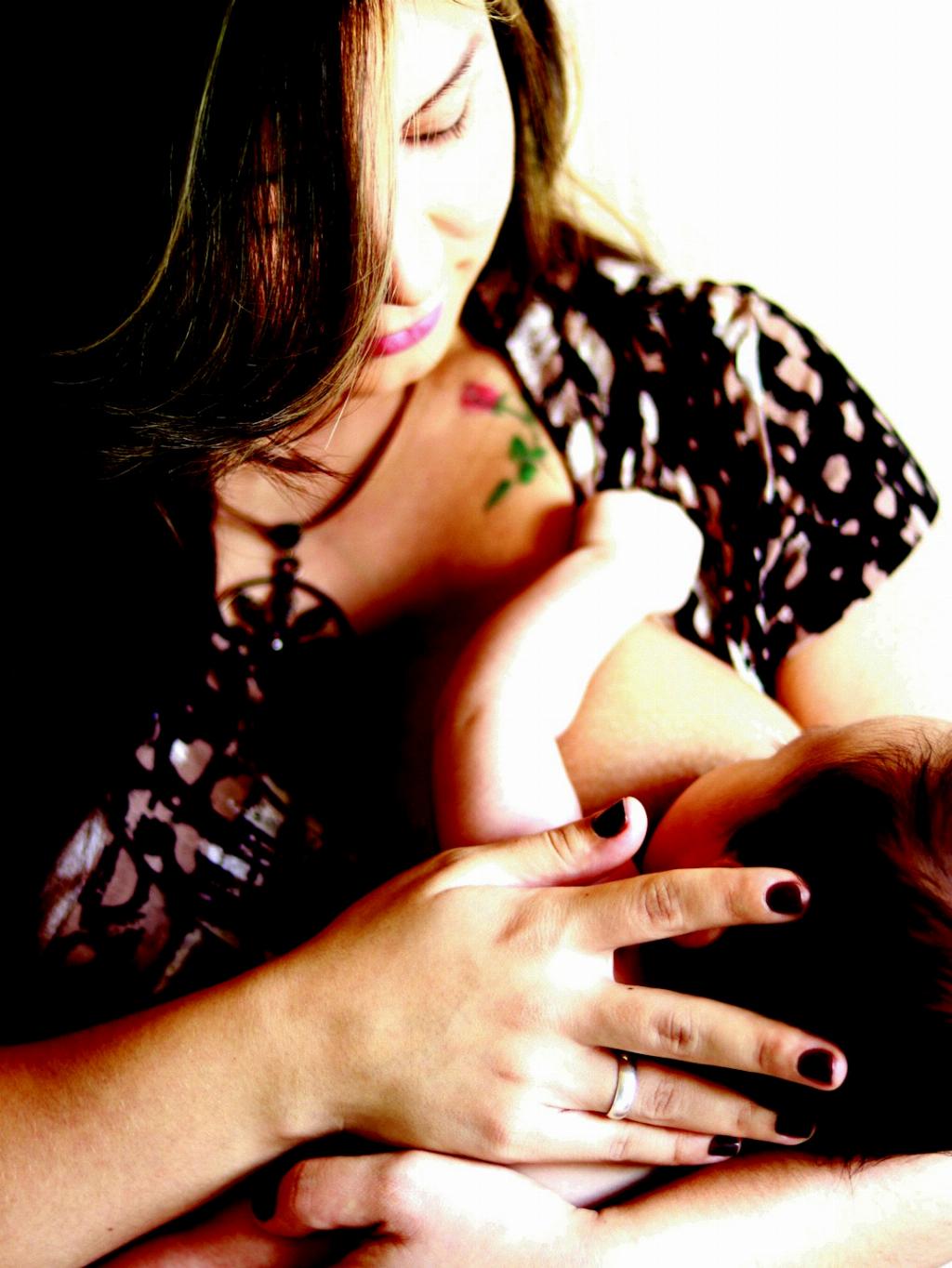When it comes to the phenomenon of tingling nipples while breastfeeding, there are various factors at play that contribute to this unique sensation.
The Milk Let-Down Reflex
One of the primary reasons behind nipple tingling during breastfeeding is the milk let-down reflex. This reflex is a crucial part of the lactation process, where the release of milk is triggered by a complex interplay of hormones and nerves.
Overactive Milk Production
In some cases, the tingling sensation in the nipples can be intensified when there is an overabundance of milk being produced. This can lead to the milk let-down feeling more pronounced and even uncomfortable for some breastfeeding individuals.
Nerve Sensitivity
The nerves in and around the nipple area can become more sensitive during breastfeeding, leading to heightened sensations like tingling or prickling. This sensitivity is a natural response to the increased stimulation that occurs during nursing.
Engorgement and Fullness
When the breasts are engorged or overly full, the pressure from the increased milk supply can cause a tingling sensation in the nipples. This feeling is often alleviated once the milk is actively being released during feeding.
Poor Latch or Positioning
If your baby has a poor latch or if your breastfeeding position is not optimal, it can lead to increased friction and pressure on the nipples, resulting in a tingling sensation. Ensuring a good latch and comfortable positioning can help minimize this discomfort.
Letting-Down Anxiety
For some individuals, the anticipation of the let-down reflex can lead to feelings of anxiety or tension, which may manifest as tingling in the nipples. Relaxation techniques and creating a calm environment can help mitigate this response.
Hormonal Changes
Fluctuations in hormone levels during breastfeeding can also impact nipple sensitivity and the overall breastfeeding experience. These hormonal shifts can contribute to the tingling sensation that some individuals may feel while nursing.
Blocked Milk Ducts
Blocked milk ducts can cause a backup of milk in the breast, leading to discomfort and potential tingling sensations in the nipples. Resolving blocked ducts through techniques like massage and warm compresses can help alleviate this issue.
Hydration and Nutrition
Proper hydration and nutrition are essential for maintaining optimal milk production and overall breastfeeding comfort. Ensuring that you are well-hydrated and consuming a balanced diet can help reduce the likelihood of experiencing uncomfortable tingling sensations.
Skin Sensitivity
Some individuals may have increased skin sensitivity during breastfeeding, which can manifest as tingling or prickling sensations in the nipple area. Using gentle care and avoiding harsh fabrics can help alleviate this discomfort.
Emotional Connection
The emotional bond between parent and child during breastfeeding can also influence the physical sensations experienced. The act of nursing can evoke strong emotions that may contribute to nipple tingling as a part of this intimate connection.
Seeking Support
If you are experiencing persistent or severe nipple tingling during breastfeeding, it’s important to reach out to a lactation consultant or healthcare provider for guidance and support. They can help assess the situation and provide personalized recommendations to address any underlying issues.

